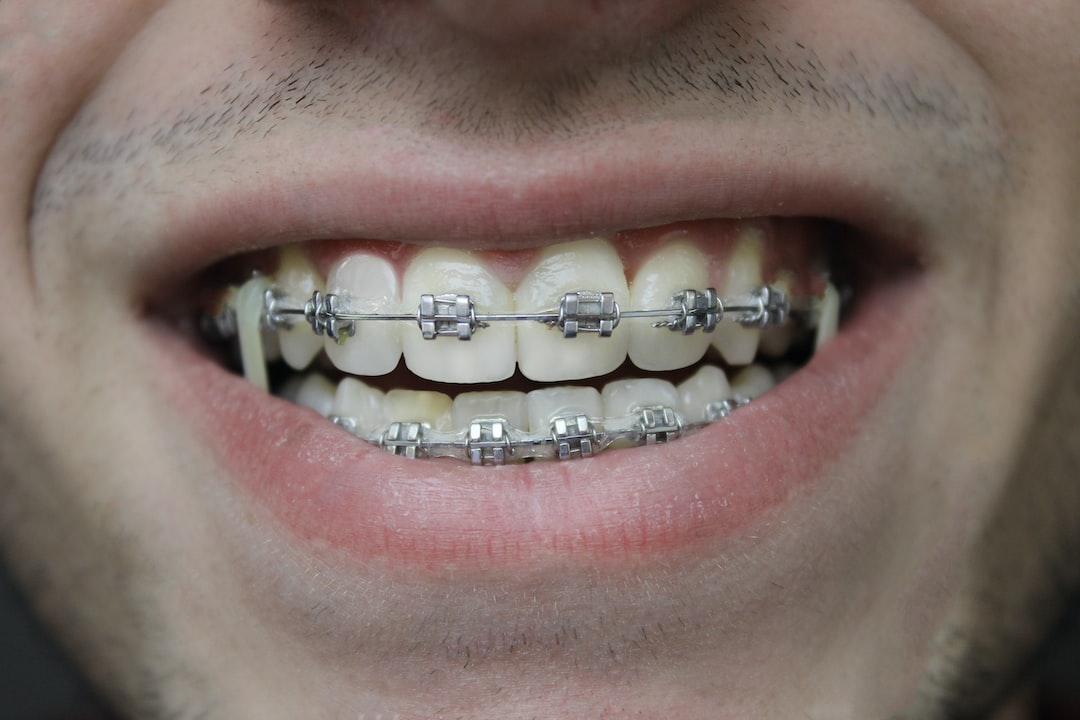Comprehensive Guide to Orthodontics Treatments for Fixing Oral Imbalances
Understanding the complexities of each procedure, including their mechanisms, advantages, and prospective disadvantages, is important in making notified decisions about one's orthodontic therapy. As we browse via the thorough overview to orthodontic procedures for correcting oral imbalances, the detailed information of each approach will certainly unfold, shedding light on the course towards a practical and harmonious dental alignment.
Orthodontic Procedures Review

Normal modifications and monitoring are critical parts of orthodontic therapy to make certain progress is on track and to make any kind of needed modifications along the way. By undergoing orthodontic treatments, patients can not only accomplish a straighter smile yet also enhance their total dental health and feature.
Traditional Dental Braces: Just How They Function
When thinking about orthodontic treatments for oral misalignments, typical braces stand apart as a reliable technique for correcting teeth placing. Traditional dental braces contain brackets, cables, and bands that interact to apply continual stress on the teeth, gradually relocating them into the preferred alignment. The braces are attached to the teeth utilizing an unique adhesive, and the wires are threaded via the brackets. By readjusting the tension of the cables, orthodontists can control the direction and pressure applied to each tooth, assisting them into appropriate alignment gradually.
As stress is used to the teeth via the dental braces, the bone surrounding the teeth is improved to sustain the brand-new tooth positions. Clients will require normal modifications at the orthodontist's workplace to ensure the dental braces continue to apply the correct pressure for effective teeth activity.
Invisible Aligners: Advantages And Disadvantages
These clear, tailor-made trays are practically undetectable when used, making them an attractive option for individuals looking for a much more cosmetically pleasing orthodontic treatment. Patients can eliminate the aligners prior to eating or cleaning their teeth, minimizing the risk of food getting stuck in the device and simplifying the cleansing process.

Surgical Orthodontic Options
Surgical interventions in orthodontics present practical options for dealing with complex dental imbalances that might not be properly settled via standard orthodontic therapies. While undetectable aligners and standard braces can correct many orthodontic concerns, specific situations require surgical treatment to accomplish optimal results. Surgical orthodontic alternatives are normally suggested for severe malocclusions, significant jaw disparities, and instances where the underlying bone structure needs hop over to these guys adjustment to attain appropriate positioning.
One common medical orthodontic procedure is orthognathic surgical procedure, which entails repositioning the jaws to deal with practical issues such as trouble speaking or eating. This surgical treatment is frequently executed in partnership with an orthodontist who assists align the teeth prior to and after the procedure. Surgical orthodontics might also entail procedures to reveal impacted teeth, get rid of excess gum cells, or reshape the jawbone to develop a much more unified facial account.
Before considering surgical orthodontic alternatives, individuals undergo a comprehensive assessment to determine the requirement linked here and potential advantages of such treatments. orthodontics. While surgical treatment may seem daunting, it can dramatically improve both the function and aesthetic appeals of the smile in instances where traditional orthodontic therapies fail
Retainers and Post-Treatment Care

Post-treatment care includes adhering to the orthodontist's guidelines diligently. This may consist of correct dental health techniques, going to follow-up visits, and putting on the retainers as suggested. Failing to abide by post-treatment care instructions can lead to regression, where the teeth progressively relocate back in the direction of their original settings. Constant retainer wear, great dental health, and regular dental examinations are essential for maintaining the outcomes accomplished with orthodontic surgical treatment and making sure the long-lasting stability of the fixed dental alignment.
Final Thought
In final thought, orthodontic procedures provide various options for correcting dental imbalances. Standard braces use steel brackets and wires to change teeth right into appropriate positioning. Undetectable aligners supply a more very discreet option but might not appropriate for all cases. Surgical orthodontic alternatives are readily available for a lot more severe imbalances. Retainers are typically used post-treatment to maintain the brand-new see page positioning. Overall, orthodontic treatments can efficiently boost dental wellness and aesthetic look.
As we navigate with the thorough guide to orthodontic procedures for dealing with dental misalignments, the complex information of each method will certainly unravel, shedding light on the path toward a unified and functional oral placement. - orthodontist
One of the most typical orthodontic therapies is the usage of dental braces, which are composed of metal brackets and wires that apply mild stress to progressively change teeth into the desired setting.When thinking about orthodontic therapies for oral imbalances, typical braces stand out as a time-tested technique for remedying teeth placing. In addition, invisible aligners may not be appropriate for intricate orthodontic issues that require more considerable teeth activity, as they are typically suggested for moderate to modest instances. Retainers are personalized orthodontic tools designed to hold teeth in their corrected positions after the completion of orthodontic therapy.